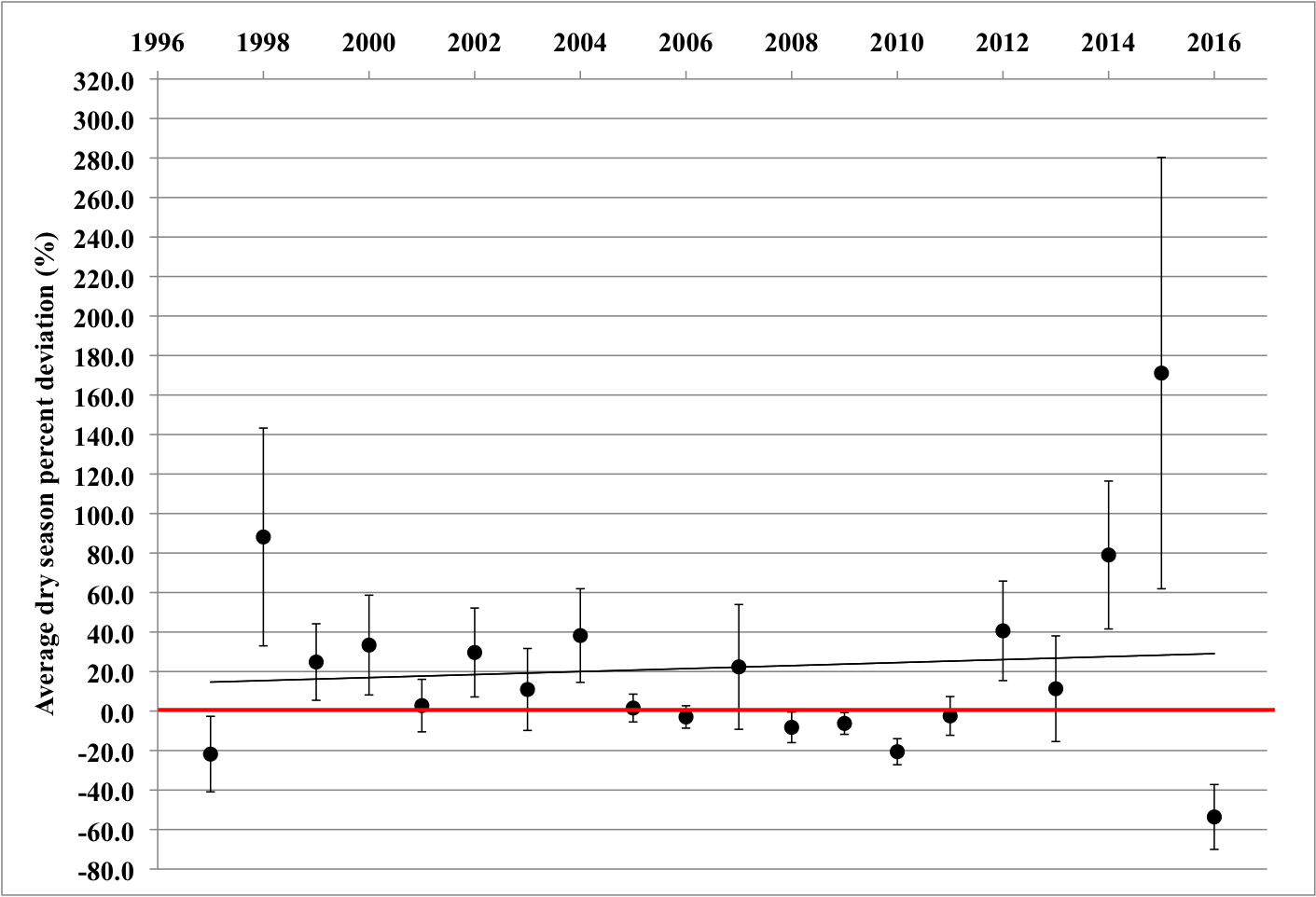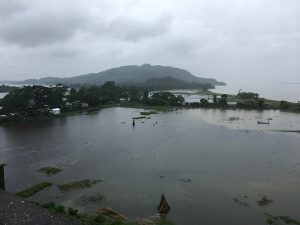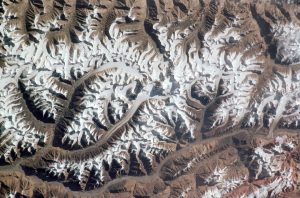Officially, India and Bangladesh share 54 rivers, but that number is currently under review. Between 10 to 16 additional rivers are now being considered for designation as transboundary rivers, according to the Center for Environmental and Geographic Information Services, an independent research institution in Bangladesh. If approved, these rivers would fall under the purview of the Indo-Bangladeshi Joint Rivers Commission and may be subject to water treaties. But it is unclear how this new status would affect these channels practically, as even those established as international watercourses have eluded cooperative agreements.
The Teesta River is one conspicuous example of stalled hydro-diplomacy. Bangladesh’s fourth largest river, it has been a source of inter-state contestation for years, as demands for greater dry season flows and improved flood control in the downstream country have gone unanswered. India and Bangladesh came tantalisingly close to an agreement in 2011, but Mamata Banerjee, West Bengal’s chief minister, boycotted the treaty signing at the last minute, bringing the diplomatic process to an abrupt halt.
Read more: Transboundary data sharing helps Bangladesh prepare for floods
International cooperation does not automatically or easily follow a river’s official international status. But how do international rivers fare once an agreement has been successfully settled? In the case of India and Bangladesh, the Ganga is the sole point of reference.
The 1996 Ganges Treaty between Bangladesh and India was a major victory after 25 years of tortuous negotiations, and it has been celebrated accordingly. It also holds a unique status as the only international water agreement between the two states. However, the extreme secrecy around hydrological data, compelled by India’s treatment of transboundary water as a matter of national security, has made it difficult to determine how the treaty functions in practice.
Recently, I analysed 20 years of water-sharing data in a study to try and resolve this question. I found that, in general, India abides by the agreement. In fact, India releases more water on average than is legally required.

These findings are likely to come as a surprise to many commentators who have complained that India releases water to suit its own needs (which India roundly denies), or that it regularly deprives Bangladesh of its fair share of water.
The strife centers on a water diversion structure located 16km upstream of Bangladesh. In 1975, India unilaterally commissioned the Farakka Barrage to flush the Hooghly River free of silt and to maintain a navigable channel for the Kolkata port. But siltation persists unabated in the river creating a costly problem that requires regular dredging. The barrage also exacerbates flood risks in Bihar, making the problem worse. This undesirable situation has spurred calls on both sides of the border for the structure to be dismantled (while some more conservatively suggest that it merely provide lessons for future river projects).
The 1996 treaty dictates that India must release minimum volumes of water to Bangladesh during the five-month dry season but timing, as ever, is everything. The agreement includes a special stipulation regarding the “critical period” — a dry season within the dry season — when water availability is exceptionally low. During this period (11 March to 10 May) each country is due a minimum quantum of water in alternating 10-day cycles. I found, however, that between 2008 and 2017, India failed to release the full volume of this crucial water over half the time (17 out of 30 events).
Directing large volumes of flowing water over 2.24km using a system of 109 gates is an imperfect science and the treaty allows India a 10% margin of error. But during eight of these critical period deviations, Bangladesh failed to receive 12–38% of the water that it was owed, in direct contravention of the agreement.
Read more: Ganga: An unholy mess – special report
Bangladesh relies on Ganges-fed streams for its dry season irrigation of high-yielding boro rice, which makes up 55% of national production. Inland fisheries and navigation are also dependent on surface water flows, so it stands to reason that ongoing Bangladeshi discontent with the treaty stems, at least in part, from India’s intermittent yet ill-timed and harmful withdrawals.
Campaigns such as the United Nations International Year of Water Cooperation paint a picture of cooperation as an unassailable good, but cases such as the Ganga suggest that hydro-diplomacy is not so cut and dry. Even when international agreements are concluded, cooperation can vary. On the one hand, India satisfies its commitments to Bangladesh by releasing more water than required over the entire dry season. On the other, India withholds water when it matters most. Unsurprisingly, India asserts that it is cooperating while Bangladesh maintains is is not.
Article IX of the Ganges Treaty formalises the commitment of “both the Governments … to conclude water sharing Treaties/Agreements with regard to other common rivers”. This is a tall order for the states’ remaining 53 transboundary rivers, let alone for the additional 16 rivers being considered for international status. While various experts from within and outside the region enthusiastically promote transboundary cooperation, the countries in question will have to resolve their divergent interpretations of water cooperation for the promised benefits of hydro-diplomacy to be fully realised.








